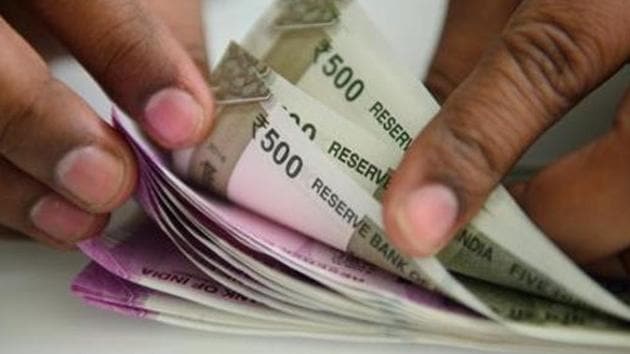Fastest GDP growth status may not benefit India as in China’s case
The short point is India needs to outperform itself in terms of economic growth to ensure that the fruits of growth are shared by a wider section of the population.
Since 2014, India’s Gross Domestic Product (GDP) growth has been higher than that of China in all years except 2017. The Indian economy has also been the fastest-growing major economy in the world during this period. This feat was also accompanied by India improving its global ranking in terms of overall GDP. India replaced France as the sixth-largest economy in the world in 2018, and is expected to make further gains on this front in the near future. Projections by the International Monetary Fund (IMF) suggest that India will continue to outperform China in economic growth until 2023.

While these are significant achievements, an analysis shows that India’s fastest-growing economy status may not bring as many benefits for it as China could manage while being in this position.
The correct way to measure relative economic performance of a country at a point in time is to look at the ratio of GDP growth in that country and the world economy. This is because global economic conditions are an important determinant of growth rates in individual economies through the trade route. So, a higher ratio of individual GDP growth rate and global GDP growth rate is a better indicator of a country’s economic performance vis-à-vis the rest of the world.
Also Read: Thanks to science, 100-year life firmly within our grasp
Between 1990 and 2008, the year when a global financial crisis disrupted the growth momentum, China’s economic growth was at least three times more than the world economy in nine out of 18 years. 2010 onwards, this ratio has not crossed three even once for China, and is not expected to do so, according to IMF projections for GDP growth until 2023. While India has replaced China as the fastest-growing economy, the ratio of India’s GDP growth and global GDP growth has been lower and is not expected to cross even 2.5 until 2023.
These statistics imply that India’s macro achievements in terms of economic growth will have a relatively muted impact in terms of rise in standard of living. The simplest indicator of this is growth in per capita incomes. World Bank data shows that China’s per capita income (in constant 2010 dollars) was 1.8 times that of India in 1995. 1995 is the earliest year for which per capita income data is available for China. This ratio kept increasing and reached a peak of 3.4 in 2014. Although India overtook China in terms of GDP growth rate in 2014, China’s relative lead in terms of per capita incomes has remained intact till 2016, the latest period for which data is available.
The short point is India needs to outperform itself in terms of economic growth to ensure that the fruits of growth are shared by a wider section of the population.
This, however, is not going to be an easy task. Export-led growth was the bulwark of China’s boom. An aggressive export strategy in a liberal trade regime made sure that China was able to exploit global markets to generate tailwinds for economic growth. The global trade outlook has changed drastically today. The multilateral trade regime is in great jeopardy, with the World Trade Organization still caught in an impasse over the Doha Round. Protectionist measures are becoming more and more popular in advanced countries, especially the United States, which used to be an important source of demand for exporters in the developing world. This reduces the possibility of India exploiting global markets to improve its growth performance in the near future. In fact, exports have seen a reduction in their share in GDP for both India and China and in the post-crisis world.
Also Read: Is it time for the return of coalition politics in India?
Given the bleak outlook for global trade, the importance of exports in India’s GDP is likely to remain subdued in short-term. This generates an important policy dilemma. India’s policy can reconcile itself to export pessimism and focus on a more inward looking growth strategy or keep trying to target exports, which will also involve a quid-pro-quo in terms of opening up to more imports. Former RBI governor Raghuram Rajan had aptly described this debate as the choice between Make for India and Make in India.






